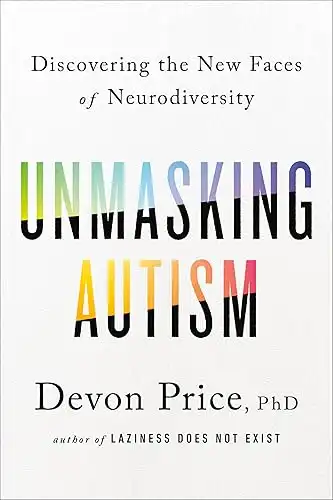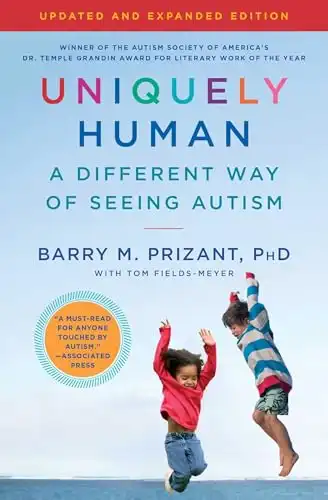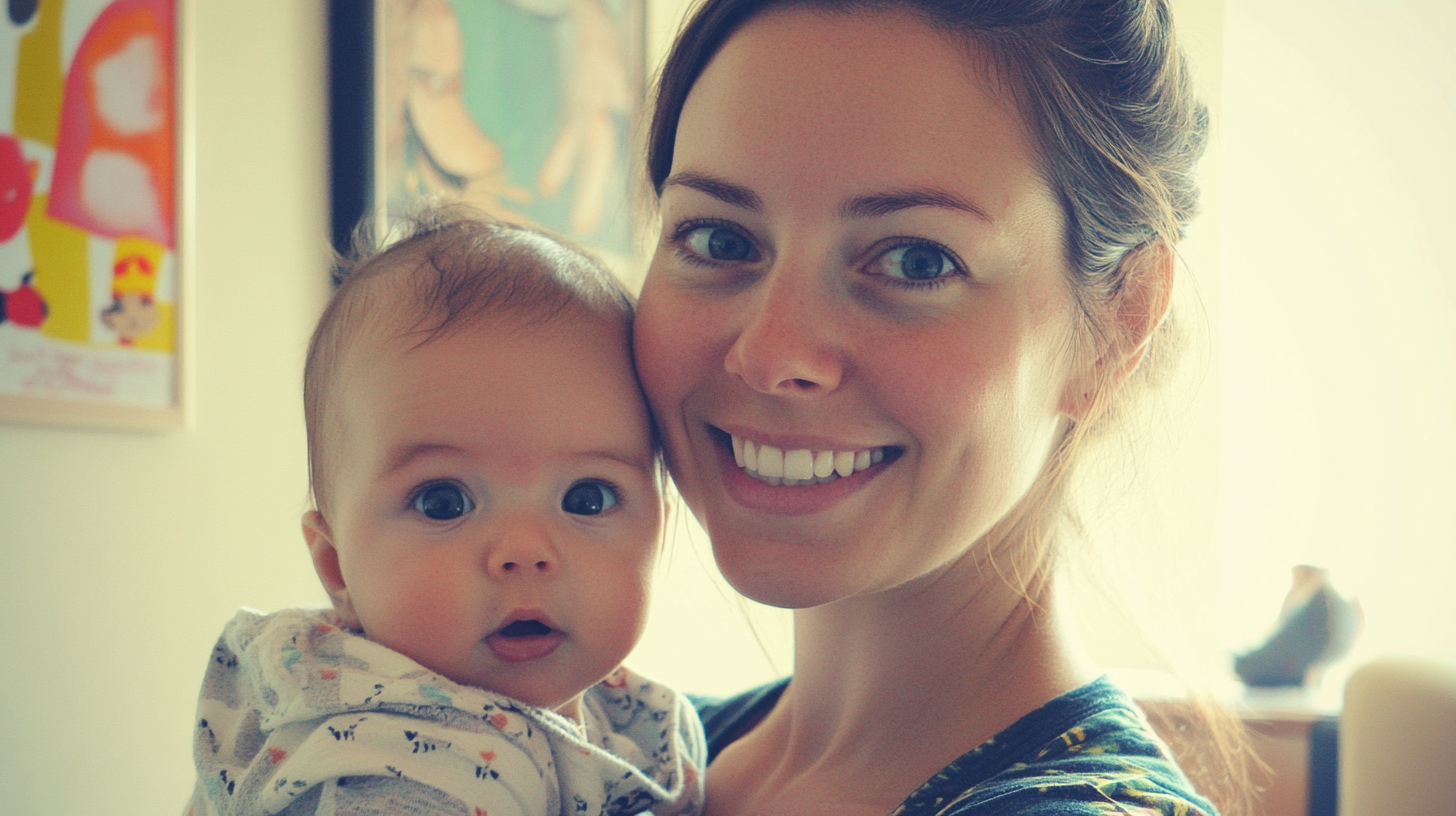Motherhood is a journey that thrives on intuition. You know when your child is hungry, tired, or simply in need of a hug. But what happens when your gut whispers that something feels different about how your child interacts with the world? Autism, a spectrum of neurodevelopmental differences, can sometimes be overlooked or misunderstood, especially in young children. Let’s explore the nuanced signs that may indicate your child is on the autism spectrum—and why early awareness matters.
Understanding Autism Beyond the Stereotypes
First, let’s clear the air: autism doesn’t have a singular face. It’s not just about avoiding eye contact or lining up toys. Autistic children—like all children—are individuals with their own unique strengths and challenges. For many mothers, recognizing potential signs can feel like piecing together a puzzle without a clear picture. But this isn’t about labels; it’s about understanding your child better and empowering them to thrive.
Common Signs of Autism in Young Children
While every child develops at their own pace, certain patterns might suggest autism. Below are key areas to observe:
1. Social Interaction and Communication
- Limited Eye Contact: Your child might avoid looking into your eyes, especially during conversations or play. Eye contact can feel overwhelming or unnatural for some autistic children, and avoiding it might help them focus better on other sensory inputs.
- Delayed Speech or Nonverbal Communication: Some children on the spectrum take longer to speak or rely on gestures, sounds, or even leading you by the hand to communicate. In some cases, their first words might appear and then disappear, a phenomenon known as regression.
- Difficulty Understanding Social Cues: They may not grasp the give-and-take of conversations or struggle with interpreting facial expressions, tone of voice, or body language. This can sometimes result in misunderstandings or seeming aloof in social settings.

2. Repetitive Behaviors and Restricted Interests
- Repetitive Movements: Hand-flapping, rocking, or spinning in circles can be soothing for some children. These self-stimulatory behaviors, often called “stimming,” help regulate their sensory experiences and emotions.
- Intense Focus on Specific Topics: From dinosaurs to train schedules, autistic children often develop deep, passionate interests. These interests might appear narrow, but they reflect a remarkable ability to focus and absorb details. Their enthusiasm can be a gateway to building skills and finding joy.
- Resistance to Change: Even small disruptions to their routine can lead to distress or meltdowns. Predictability provides a sense of safety, and unexpected changes might feel like losing control in an overwhelming world.
3. Sensory Sensitivities
- Heightened or Reduced Sensory Responses: Loud noises, certain textures, or even bright lights might overwhelm your child, while they might seek out sensory input in other areas (e.g., loving the feel of soft fabrics or craving deep pressure hugs). This sensory profile can vary widely, with some children being hypersensitive and others hyposensitive.
- Unusual Reactions to Pain: Some autistic children might show little reaction to injuries, while others are highly sensitive to minor discomfort. This discrepancy can make it challenging for parents to gauge their child’s needs accurately.
4. Emotional Regulation and Behavior
- Meltdowns, Not Tantrums: Unlike typical toddler tantrums, meltdowns stem from sensory overload or frustration and are not manipulative. They are a child’s way of communicating that their current environment or situation is too overwhelming to process.
- Difficulty with Transitions: Moving from one activity to another might be particularly challenging. Transitions, even between enjoyable activities, can cause anxiety as they represent a break in routine or a shift in focus. Preparation and visual schedules can often help ease these moments.
- Unusual Emotional Responses: Your child might laugh inappropriately during solemn moments or seem indifferent to situations that typically evoke strong emotions. This difference in emotional expression doesn’t indicate a lack of feeling but rather a unique way of processing emotions.
The Emotional Landscape of a Mother’s Journey
Discovering that your child might be on the spectrum can stir up a whirlwind of emotions—from worry and guilt to relief and empowerment. Let’s pause and acknowledge this: you are not alone. Parenting an autistic child is not about fixing them; it’s about embracing who they are while advocating for their needs in a world that may not always understand them.
A Word on Girls and Autism: The Silent Struggle
Did you know that autism is often underdiagnosed in girls? Society’s expectations for girls to be more socially adept and compliant can mask their struggles. Girls may learn to mimic social behaviors or channel their focus into socially acceptable interests like reading or drawing. As a result, their challenges might be overlooked, leading to a later diagnosis or missed support opportunities.
Girls on the spectrum often face a unique set of challenges. Unlike boys, whose behaviors may more closely align with traditional diagnostic criteria, girls tend to exhibit what psychologists call “camouflaging.” This means they consciously or unconsciously mimic the social behaviors of their peers to fit in. While this adaptation may help them navigate social situations in the short term, it comes at a cost. Camouflaging can lead to heightened anxiety, exhaustion, and a diminished sense of self.
Additionally, girls may express their sensory sensitivities differently. For example, while a boy might display visible distress in noisy environments, a girl might internalize her discomfort, resulting in what appears to be shyness or introversion. These subtle expressions of autism can easily be misinterpreted or dismissed by educators, healthcare professionals, and even family members.
Another factor contributing to the silent struggle of autistic girls is societal pressure. From an early age, girls are often socialized to prioritize harmony and avoid behaviors that might be perceived as “disruptive” or “unladylike.” This pressure can lead girls to suppress their natural tendencies, masking their need for support.
The consequences of this underdiagnosis can be profound. Without a clear understanding of their neurodiversity, these girls may grow up feeling misunderstood or “different” without knowing why. They might face challenges in building lasting friendships, managing their emotions, or maintaining their mental health. Research shows that autistic girls are at a higher risk of developing conditions such as anxiety, depression, and eating disorders, often as a result of their unmet needs.
To better support autistic girls, we need to shift the narrative. This means advocating for broader diagnostic criteria, educating professionals about gender differences in autism, and fostering environments where girls feel safe to be themselves. As mothers, our role is to listen deeply, observe without judgment, and champion our daughters’ unique strengths and needs.
For every visibly Autistic person you meet, there are countless “masked” Autistic people who pass as neurotypical. Masking is a common coping mechanism in which Autistic people hide their identifiably Autistic traits in order to fit in with societal norms, adopting a superficial personality at the expense of their mental health.
How to Approach Concerns as a Mom
- Trust Your Instincts: If you feel something is different, trust yourself and seek guidance. You are your child’s best advocate.
- Document Behaviors: Keep a journal of behaviors or interactions that stand out. This can help provide a clearer picture when discussing concerns with professionals.
- Seek Professional Support: Consult a pediatrician, psychologist, or developmental specialist for an evaluation. Early intervention can be life-changing, offering tailored strategies to support your child’s growth.
Breaking Down Societal Stigmas
We live in a world that often values conformity over individuality. Mothers of autistic children know the silent pressure to “normalize” their child’s behavior in public spaces. But here’s the truth: it’s society—not your child—that needs to adapt. Autism isn’t a deficit; it’s a different way of experiencing and engaging with the world. As mothers, we have the power to challenge outdated narratives and demand inclusive spaces where our children’s differences are celebrated, not judged.
Empowerment Through Connection
Motherhood is a tapestry woven from countless shared experiences. Whether you’re the stay-at-home mom comforting your child through sensory overload or the working mom advocating for accommodations at school, your journey matters. By sharing our stories, we create a community where no mother feels isolated in her challenges.
Final Thoughts: Redefining Success
As mothers, we’re often bombarded with societal expectations—the milestones our children should hit, the behaviors they should exhibit. But success isn’t about fitting into a mold; it’s about nurturing your child’s unique potential. Celebrate their progress, no matter how small. Advocate fiercely, love deeply, and remember: your child doesn’t need to change who they are to be amazing. And neither do you.








0 Kommentare